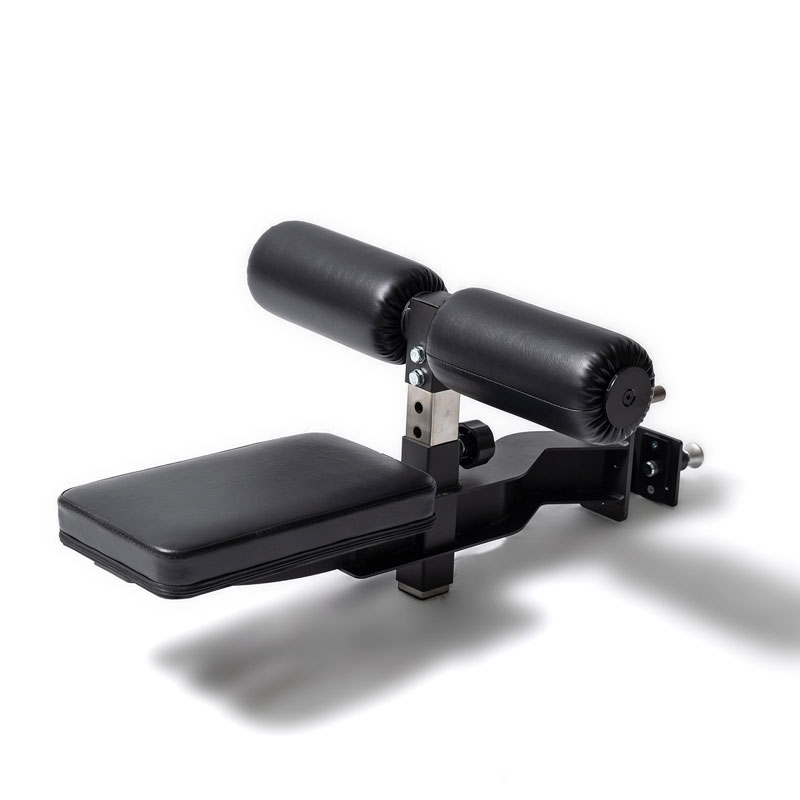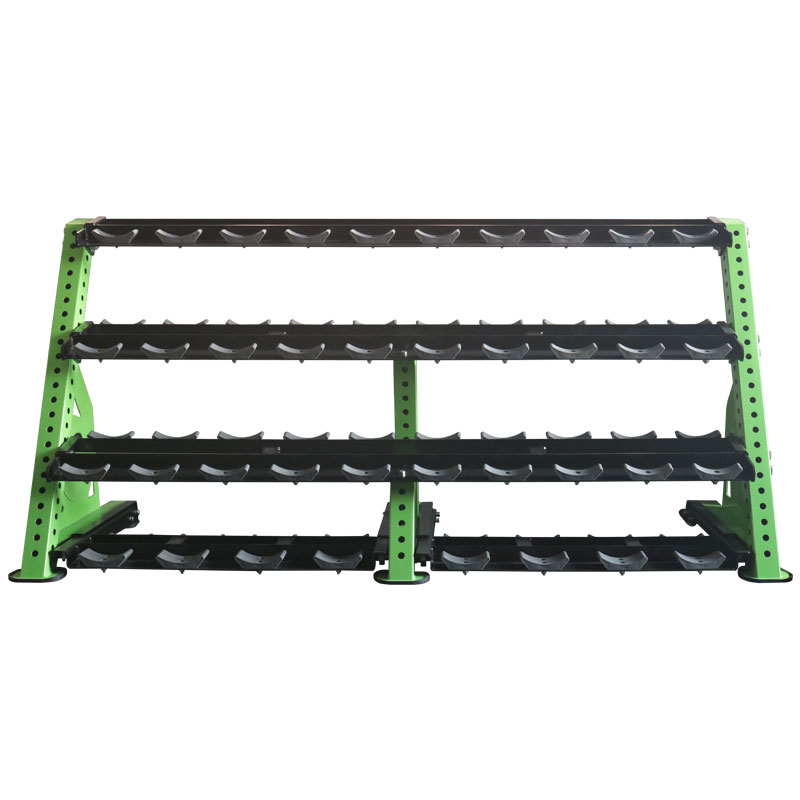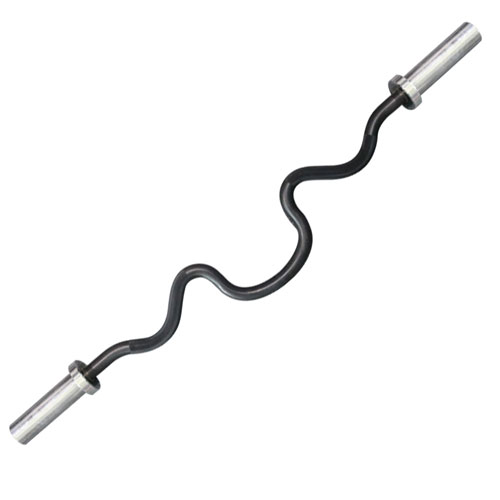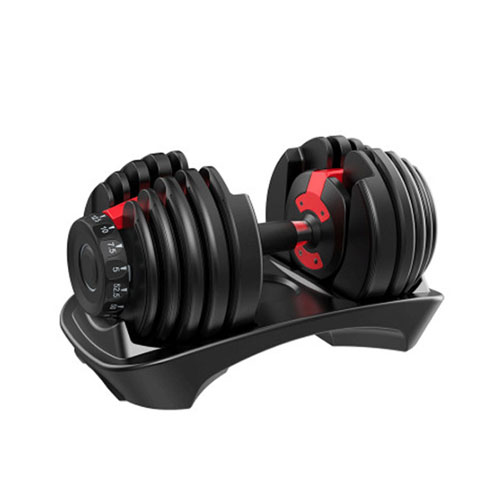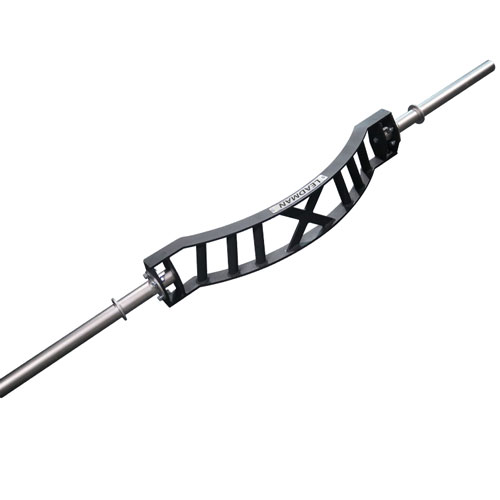Leadman Fitness: The Ultimate Guide to Weight Racks
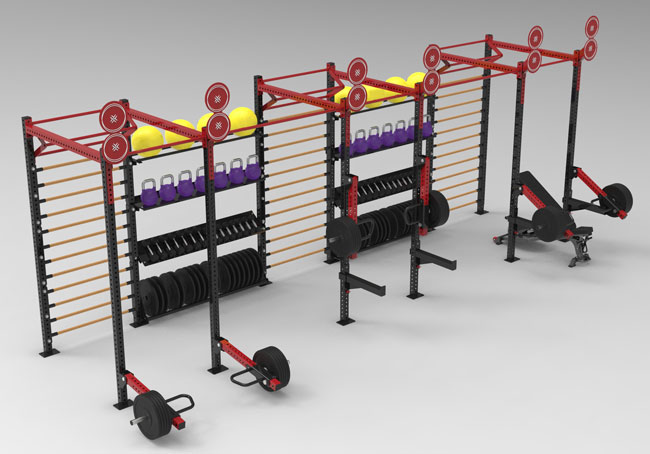
The evolution of weight racks is a fascinating journey that traces back to the earliest methods of weightlifting. What started as crude storage systems using natural objects like stones or animal bones has transformed into highly specialized equipment designed for both safety and efficiency. Today, weight racks play an essential role in gyms worldwide, ensuring that weights are safely stored and easily accessible. In this article, we will explore the history of weight racks, from their humble beginnings to their modern-day advancements, before diving into a guide on how to choose the right weight rack for your home gym, focusing on Leadman Fitness' product recommendations and expertise.
1. Ancient Origins: The Foundation of Functionality
Stone Logs and Balance Rocks: In ancient times, people used natural materials like heavy stones and logs to create makeshift weights for strength training. These early lifters would often balance rocks or other heavy objects on tree trunks or beams to store their equipment.
Animal Horns and Bones: In addition to rocks, animal byproducts such as horns and bones were used as handles or weights. These rudimentary tools paved the way for future innovations in weightlifting storage and organization.
2. Early Implementations: Engineering Ingenuity
Wooden "Ladders": The next major leap in weight rack design came with wooden structures that resembled ladders, offering a more structured way to store weights. These simple, sturdy racks served their purpose for many years.
Iron Barbells with Pivoting Stands: As the modern barbell was invented, the need for more specialized storage solutions became clear. Early barbell racks used pivoting stands to support the barbells securely, preventing them from rolling or falling.
3. The Barbell Rack: A Cornerstone of Strength Training
Free-Standing Single-Bar Units: With the rise of the barbell as a popular strength training tool, single-bar units were developed. These standalone racks allowed for the storage of barbells in an upright position, making them easy to retrieve for exercises like squats, deadlifts, and presses.
Multiple-Bar Storage Racks: As weightlifting grew in popularity, so did the demand for multi-bar storage systems. These racks could accommodate multiple barbells, making them ideal for gyms with higher traffic.
4. The Power Rack: A Bastion of Stability and Safety
Structural Stability and Safety: The power rack became a game-changer in weightlifting. With its robust frame and adjustable safety bars, the power rack provided lifters with a safe and stable environment for training. This design allowed for solo lifting, with safety mechanisms in place to catch any dropped weights.
Multiple Attachment Points: Power racks also became multifunctional, offering attachment points for accessories like pull-up bars, dip bars, and even resistance bands, allowing users to expand their workouts without the need for additional equipment.
5. The Half Rack: A Compromise in Size and Functionality
Increased Versatility: While the full power rack offered stability and safety, the half rack was designed for smaller spaces. It provided many of the benefits of the power rack, including adjustable height settings and safety bars, while taking up less room.
Compact Design: Half racks became an ideal solution for home gyms, allowing users to enjoy the benefits of safe and effective lifting without taking up the space required by a full power rack.
6. The Weight Tree: A Vertical Storage Solution
Compact Storage for Plates: Weight trees were introduced as a compact solution for storing weight plates. These vertical racks allowed users to stack plates upright, saving space while providing easy access to the weights.
Easy Access and Organization: By stacking plates on a vertical axis, weight trees helped gym-goers keep their workout areas organized, making it easy to find the right weight quickly during training.
7. The Wall-Mounted Rack: A Space-Saving Marvel
Space-Saving Solution: Wall-mounted racks leveraged vertical wall space to store weights, barbells, and other equipment. These racks became a popular choice in home gyms where floor space was limited.
Customizable Storage Options: Wall racks offered flexibility, allowing users to customize their storage solutions to fit the specific weights and equipment they owned. This made them an efficient and versatile option for many gym owners.
8. The Specialty Rack: Purpose-Built for Specific Exercises
Designed for Specific Exercises: Over time, specialized racks were created to optimize certain exercises like squats, deadlifts, and bench presses. These racks featured built-in safety mechanisms and adjustable components to enhance the lifter’s experience.
Leadman Fitness's Comprehensive Strength Equipment: Leadman Fitness offers a range of specialty racks that cater to various exercise needs, ensuring that strength training is safe and efficient.
9. The Commercial-Grade Rack: Durability Meets Durability
Heavy-Duty Construction: Commercial-grade racks are built with heavy-duty materials to withstand the demands of busy gyms. These racks are designed to be durable, ensuring they last through years of heavy use.
Safety and Durability for Gym Environments: These racks meet stringent safety standards, making them ideal for commercial gyms where high-volume usage is common. Their robust construction ensures they can handle heavy loads while maintaining stability.
10. The Smart Rack: Technology Meets Empowerment
Integrated Technology for Tracking and Analysis: The latest innovation in weight rack technology is the smart rack. These racks feature integrated technology to track workout performance, provide real-time data, and even integrate with fitness apps to enhance training efficiency.
11. The Future of Weight Racks: Innovation and Personalization
Advanced Materials and Designs: Looking ahead, weight racks will continue to evolve, with new materials and designs that improve functionality and aesthetics. These innovations will allow users to tailor their weight racks to their specific needs and preferences.
Customizable and Personalized Equipment: We anticipate that future weight racks will offer even greater customization options, allowing users to select features that best align with their workout goals and available space.
Leadman Fitness Weight Racks: Your Ultimate Guide
1. Types of Weight Racks
- Freestanding vs. Wall-Mounted: Freestanding racks stand on their own, while wall-mounted racks attach to a wall for space optimization.
- Adjustable vs. Fixed: Adjustable racks allow you to change the height or position of weight storage, while fixed racks offer a more permanent solution.
- Single- vs. Multi-Storage: Single racks hold one set of weights, whereas multi-storage racks can accommodate various types of weights or multiple sets.
2. Choosing the Right Weight Rack
When selecting a weight rack, consider the following factors:
- Available Space: Measure the available space in your gym to ensure the rack fits appropriately.
- Weight Capacity: Choose a rack that can hold the total weight you plan to store.
- Material Quality: Opt for high-quality, durable materials such as steel or powder-coated finishes for longevity.
- Design and Functionality: Consider whether you need adjustable features or prefer a more compact design for easy storage.
3. Leadman Fitness Recommendations
- Versatility and Innovation: Leadman Fitness is known for offering versatile and innovative weight racks that combine durability and functionality. Their racks are perfect for both home gyms and commercial environments.
- Safety Features: Leadman’s racks come with safety features like adjustable safety bars and heavy-duty construction, ensuring a safe training environment.
- Customization Options: Choose from a variety of sizes, configurations, and accessories to create a personalized weight storage solution tailored to your needs.
FAQ about Weight Racks
1. What is the purpose of a weight rack?
A weight rack is designed to store weights securely and efficiently, making it easy to access and organize gym equipment.
2. How do I choose the right weight rack for my home gym?
Consider factors such as available space, weight capacity, material quality, and whether you need adjustable features when selecting a weight rack.
3. What are the benefits of using a power rack?
Power racks provide safety with adjustable safety bars, stability for heavy lifting, and versatility for various exercises, making them ideal for serious lifters.
4. Are wall-mounted racks suitable for all types of weights?
Wall-mounted racks are great for smaller spaces and can accommodate various weights, but ensure they are compatible with the specific weights you plan to store.
5. What materials are best for weight racks?
High-quality steel or powder-coated finishes are recommended for durability and longevity in weight racks, especially for commercial use.

